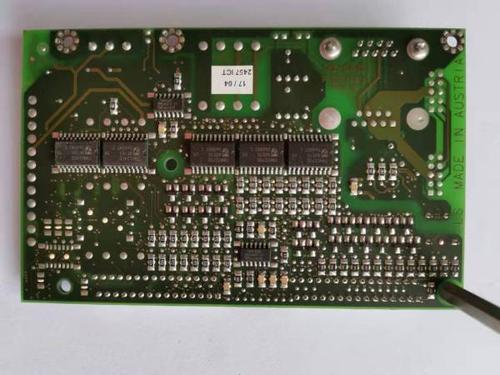 +86 755 2794 4155
+86 755 2794 4155  sales@knownpcb.com
sales@knownpcb.com
-
Shenzhen KNOWNPCB Technology Co., Ltd.
 +86 755 2794 4155
+86 755 2794 4155  sales@knownpcb.com
sales@knownpcb.com
 2023-12-12
2023-12-12
 623
623

CO2 laser effectively removes dielectrics, even non-uniform glass reinforced dielectrics. However, a single CO2 laser cannot create small holes (less than 75 μ m) In addition to removing copper, Suzhou circuit board sample manufacturers believe that there are also a few exceptions, which are that it can remove pre processed 5 μ Thin copper foil below m (Lustino, 2002). UV laser can create very small holes and remove all ordinary copper streets (3-36 μ m. 1oz, even electroplated copper foil. UV laser can also remove dielectric materials separately, but at a slower speed. Moreover, for non-uniform materials, such as reinforced glass FR-4, the effect is usually not good. This is because only when the energy density is increased to a certain extent can the glass be removed, which will also damage the inner solder pads. Due to the fact that the stick laser system includes ultraviolet laser and CO2 laser, it can achieve better results in both fields. UV laser can complete all copper foils and small holes, while CO2 laser can quickly drill holes in the dielectric.
Nowadays, in most dual head laser drilling systems, the spacing between two drill bits is fixed, and there is also a step repeat beam positioning technology. The advantage of the stepper and repetitive laser remote regulator itself is that it has a wide range of domain adjustment (up to (50 X 50) μ m) . The disadvantage is that the laser remote regulator needs to move in a fixed range, and the distance between the two drill bits is fixed. A typical dual head laser remote regulator has a fixed distance between two drill bits (approximately 150 μ m) . PCB board sampling tells you that for different panel sizes, fixed distance drill bits cannot be configured with the best configuration like programmable spacing drill bits.
Nowadays, the dual head laser drilling system has various performance specifications, which can be applied to both small printed circuit board manufacturers and large-scale printed circuit board manufacturers.
Due to its high dielectric constant, ceramic alumina is used in the manufacturing of printed circuit boards. However, due to its fragility, the drilling process required for wiring and assembly is difficult to complete with standard tools, as the mechanical pressure needs to be reduced to a very small level, which is a good thing for laser drilling. Rangel et al. (1997) demonstrated that Q-switched Nd: YAG lasers can be used for drilling on aluminum oxide substrates and aluminum oxide substrates coated with gold and anchors. The use of short pulse, low energy, and high peak power lasers helps to avoid mechanical pressure damage to the sample and can produce apertures smaller than 100 μ The through-hole of m. This technology has been successfully applied in low noise microwave amplifiers, with a frequency range of 8-18GHz (Betancourt et al.).

Or call +86 755 2794 4155
Inquiry Now

